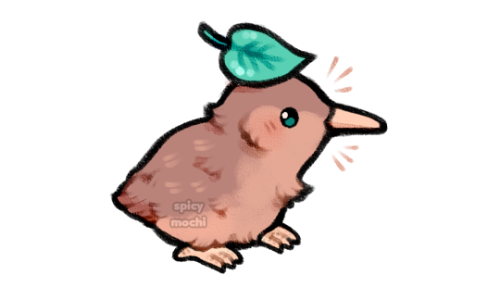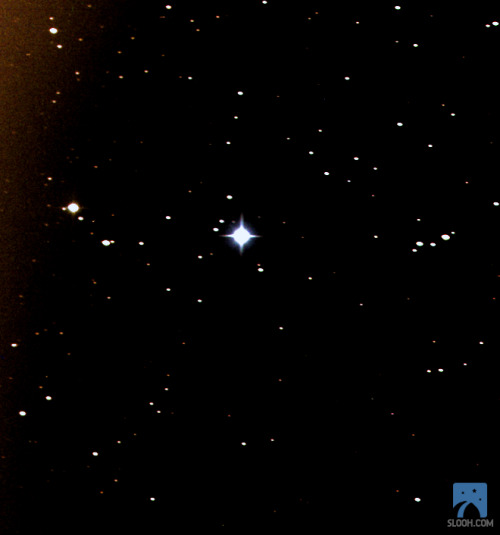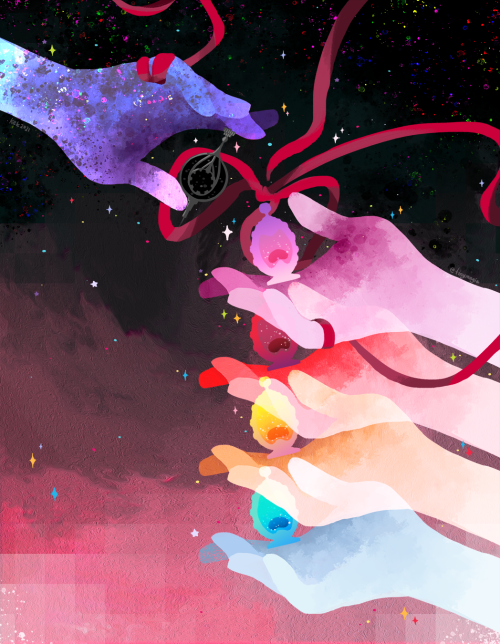Kirby Birb

kirby birb
More Posts from Mystarypi and Others



Simple, circular sceneries

One of the most difficult collections ever: the Caldwell object collection! ♥♥♥
Taking around 6 months to complete, this was one of the longest collections ever! Many of these objects could be photographed during specific times of the year so I often had to wait months before I could take a picture. 🎇🎆🌌✨💫
Taken by me (Michelle Park) using the Slooh telescopes!

This is the Tarantula Nebula! 🌈🌈🌈
For some reason, this photo really highlighted the red and blue colors of this nebula - making it look a lot more colorful. This huge star-forming region is located in our satellite galaxy, the Large Magellanic Cloud, and has hot gas up to a million degrees in temperature that shape this nebula! ✨✨✨
Taken by me (Michelle Park) using the Slooh Canary Two telescope on December 23rd, 2020 at 2:57 UTC.

mini kiwi

This is the Pleiades! 💫💫💫
This stunning cluster is the nearest object in the Messier catalog to Earth and is easily visible in the night sky. Each of these stars are almost 40 times brighter than our Sun and are surrounded by a reflection nebula! 🌞🌞🌞
Taken by me (Michelle Park) using the Slooh Canary Two telescope on October 22nd, 2020 at 22:56 UTC.

This is the Orion Nebula! ✨✨✨
Thought to be a cosmic fire of creation by the Mayans, the Orion Nebula’s bright, vibrant colors come from the massive stars in the open star cluster at the center of the nebula. This star forming region is giving birth to thousands of stars, each of them only a few million years old! 💫💫💫
Taken by me (Michelle Park) using the Slooh Canary Two telescope on March 21st, 2021 at 22:53 UTC.

This is Ceres! 🌠🌠🌠
Ceres is the only dwarf planet in our inner solar system and the largest object within the Asteroid Belt. Water vapor is being released from the dwarf planet, resulting in Ceres losing 6kg of its mass per second through steam! 🌊🌊🌊
Taken by me (Michelle Park) using the Slooh Canary Two telescope on March 7th, 2022 at 20:11 UTC.

This is the Eagle Nebula! 🦅🦅🦅
This young cluster of stars and the distinct Pillars of Creation at the center of the nebula are located in the constellation of Serpens. These stars, which were formed in the HII region of this nebula, are very massive: some of them are up to 1 million solar luminosities! ✨✨✨
Taken by me (Michelle Park) using the Slooh Canary Two telescope on May 9th, 2021 at 00:36 UTC.

2020 November 22
Dark Molecular Cloud Barnard 68 Image Credit: FORS Team, 8.2-meter VLT Antu, ESO
Explanation: Where did all the stars go? What used to be considered a hole in the sky is now known to astronomers as a dark molecular cloud. Here, a high concentration of dust and molecular gas absorb practically all the visible light emitted from background stars. The eerily dark surroundings help make the interiors of molecular clouds some of the coldest and most isolated places in the universe. One of the most notable of these dark absorption nebulae is a cloud toward the constellation Ophiuchus known as Barnard 68, pictured here. That no stars are visible in the center indicates that Barnard 68 is relatively nearby, with measurements placing it about 500 light-years away and half a light-year across. It is not known exactly how molecular clouds like Barnard 68 form, but it is known that these clouds are themselves likely places for new stars to form. In fact, Barnard 68 itself has been found likely to collapse and form a new star system. It is possible to look right through the cloud in infrared light.
∞ Source: apod.nasa.gov/apod/ap201122.html

despite everything, you still love madoka magica (happy 10th anniversary!!)
-
 traubledinsight22 liked this · 3 weeks ago
traubledinsight22 liked this · 3 weeks ago -
 lotustired liked this · 2 months ago
lotustired liked this · 2 months ago -
 pocketpuppies983 liked this · 5 months ago
pocketpuppies983 liked this · 5 months ago -
 grumpyratchet reblogged this · 5 months ago
grumpyratchet reblogged this · 5 months ago -
 flowrrfieldz liked this · 5 months ago
flowrrfieldz liked this · 5 months ago -
 audacious-tree-possom liked this · 7 months ago
audacious-tree-possom liked this · 7 months ago -
 felinewanderer liked this · 9 months ago
felinewanderer liked this · 9 months ago -
 persa-tra-i-miei-pensieri liked this · 11 months ago
persa-tra-i-miei-pensieri liked this · 11 months ago -
 ricckkowens liked this · 11 months ago
ricckkowens liked this · 11 months ago -
 magicalcrownbeliever liked this · 1 year ago
magicalcrownbeliever liked this · 1 year ago -
 jazz-mine liked this · 1 year ago
jazz-mine liked this · 1 year ago -
 smalllittleartist liked this · 1 year ago
smalllittleartist liked this · 1 year ago -
 dee-daa liked this · 1 year ago
dee-daa liked this · 1 year ago -
 windofwinter13 liked this · 1 year ago
windofwinter13 liked this · 1 year ago -
 ken19811124 liked this · 1 year ago
ken19811124 liked this · 1 year ago -
 orangeparsleyprincess liked this · 1 year ago
orangeparsleyprincess liked this · 1 year ago -
 luciferfan5g liked this · 1 year ago
luciferfan5g liked this · 1 year ago -
 pinkfluffuchan reblogged this · 1 year ago
pinkfluffuchan reblogged this · 1 year ago -
 stars-blogspot reblogged this · 1 year ago
stars-blogspot reblogged this · 1 year ago -
 callmeabee liked this · 1 year ago
callmeabee liked this · 1 year ago -
 persimmonstastehm liked this · 1 year ago
persimmonstastehm liked this · 1 year ago -
 jesterparasite liked this · 1 year ago
jesterparasite liked this · 1 year ago -
 marvelousmockingbird liked this · 1 year ago
marvelousmockingbird liked this · 1 year ago -
 prismaticiris liked this · 1 year ago
prismaticiris liked this · 1 year ago -
 starstruck358 reblogged this · 1 year ago
starstruck358 reblogged this · 1 year ago -
 starstruck358 liked this · 1 year ago
starstruck358 liked this · 1 year ago -
 itsfuckenpinkbitch reblogged this · 1 year ago
itsfuckenpinkbitch reblogged this · 1 year ago -
 try--tobe--happy liked this · 1 year ago
try--tobe--happy liked this · 1 year ago -
 cannibal-cupcakes liked this · 1 year ago
cannibal-cupcakes liked this · 1 year ago -
 rhaenyradekarios liked this · 1 year ago
rhaenyradekarios liked this · 1 year ago -
 freelydeafeningmoon liked this · 1 year ago
freelydeafeningmoon liked this · 1 year ago -
 felipenunes64 liked this · 1 year ago
felipenunes64 liked this · 1 year ago -
 cleptomanicrow liked this · 1 year ago
cleptomanicrow liked this · 1 year ago -
 tylarvee liked this · 1 year ago
tylarvee liked this · 1 year ago -
 weepingshadow liked this · 1 year ago
weepingshadow liked this · 1 year ago -
 nendor01d liked this · 1 year ago
nendor01d liked this · 1 year ago -
 mossthorn liked this · 1 year ago
mossthorn liked this · 1 year ago -
 ryleepies liked this · 1 year ago
ryleepies liked this · 1 year ago -
 revon-aurora-borealis liked this · 1 year ago
revon-aurora-borealis liked this · 1 year ago -
 psycho-bitch-here liked this · 1 year ago
psycho-bitch-here liked this · 1 year ago -
 nicapiercesproperty liked this · 1 year ago
nicapiercesproperty liked this · 1 year ago -
 catchthepetals liked this · 1 year ago
catchthepetals liked this · 1 year ago -
 legendary-cucumberdragon liked this · 1 year ago
legendary-cucumberdragon liked this · 1 year ago
